- Home
- IT
- Apps & Software
- App / Software
23
4It's happened to all of us: overnight, by dint of downloading and installing everything and anything, your PC saturates and tells you that the free space on your hard drive is running out and that you should seriously think about cleaning up your files. Yes, but here it is: faced with the immensity of the task, how can you free up space efficiently and quickly? Take a deep breath and read on.
We assume that you are on Windows 10, equipped with the "Fall Creators Update", i.e. update 1709. Microsoft's latest OS includes many very practical features, which offer you both to locate which takes up the most space on your PC, but also to automatically clean your hard disk(s) by deleting unnecessary files. We are going to study two ways of doing things, complementary to each other.
The easiest way to get an overview of the disk space left on your PC is to go to File Explorer. It is accessible by the keyboard shortcut “Windows key + E” or by typing “explorer” in the search bar. You will then see all of your storage spaces, with a clear indication of the remaining space. Let's take the “OS (C:)” drive as the case here, which hosts the operating system. It is essential to always keep free space there, to guarantee the proper functioning of the OS. To quickly free up space, start by right-clicking on the drive concerned — here, “OS (C:)”, therefore, which can also be called “Windows (C:) —, then click on “Properties” .
In the first “General” tab, click on “Disk Cleanup”. You then arrive in a menu which details the different types of files that can be deleted here, and the disk space they occupy. Here, for example, we notice that the recycle bin contains 13.8 GB of unnecessary files. Check the desired boxes and Windows will display the free disk space in real time. To validate the operation, all you have to do is press “OK”. The cleaning operation then starts; it is more or less long depending on the number of files to delete. In a few clicks, we have therefore recovered nearly 14 GB of disk space here.

This method is great if you want to free up space very quickly, without spending time checking what is taking up the most space. On the other hand, to get a better overview, go to the Windows 10 settings, by clicking on the Windows icon at the bottom left, then on the “Settings” icon.
In the window that will open, go to “System”, then “Storage”, and click on the drive you want to inspect (here “This PC (C:)”). You then get a fairly complete overview of the use of your storage, by category. At a glance, we see here that 62 GB are occupied by games and applications, 41.9 GB by the Windows 10 system (be careful not to touch it), but also nearly 12 GB by files. temporary. To learn more about them, just click on them.
If “Temporary Files” are safe to delete, your downloads folder deserves a little more attention. Regardless of your browser, your downloaded files are indeed stored by default in the “Download” section of the file explorer, which can quickly take up a lot of space. Before checking this folder and clicking on “Delete files”, do not hesitate to take a look there to check that there are no files that you wish to keep. Also worth noting, “Previous Version of Windows” can take up quite a bit of space and can be manually deleted through these settings.
Finally, most of the space is generally occupied by applications and possibly video games, if you are a fan of video game pleasures. It is not uncommon to discover, months later, a very large game installed in a corner of your hard disk, which you have not touched for a long time. In our case, after clicking on “Sort by: Size” and “Filter by: This PC (C:)”), we discover that the Battlefield 1 beta occupies almost 8 GB, or that League of Legends goes up to almost 4.3 GB. To delete a game or an application, nothing could be simpler: just click on it to select it and choose “Uninstall”.
Jean-Kléber Lauret @jklauretHead of the IT and software department from 2018 to 2019. Both a fan of retro-gaming and machines with maddening performance, he constantly navigates between decades, while keeping a critical eye on the future .
Interview Linux 2Yeah finally, should we really mention a software that seems to have been designed for Windows 98 and whose last version dates from 2007, so more than 10 years? For those who stayed on Windows 7 or worse, XP and who like the relics of the old days, perhaps?[/quote]
are you aware that the APIs for browsing an hd and knowing their dimensions have not really evolved?
find out a little…[/quote]
I suspect that the APIs have not changed. Although, with the files that change names depending on the language or other specificity of the genre, you never know... (ok it dates from Vista or even XP for some files, but hey... ^^) The problem is rather at the level of the graphical interface and the user experience. I am very demanding on this point. If you open an app and it makes you want to vomit or throw pebbles on the screen after a few clicks, it goes straight to the trash. I know that the developer is, by definition, a lazy person who knows nothing about UI/UX design and who doesn't care to type, but he must understand that the users don't care. Well not all of them.


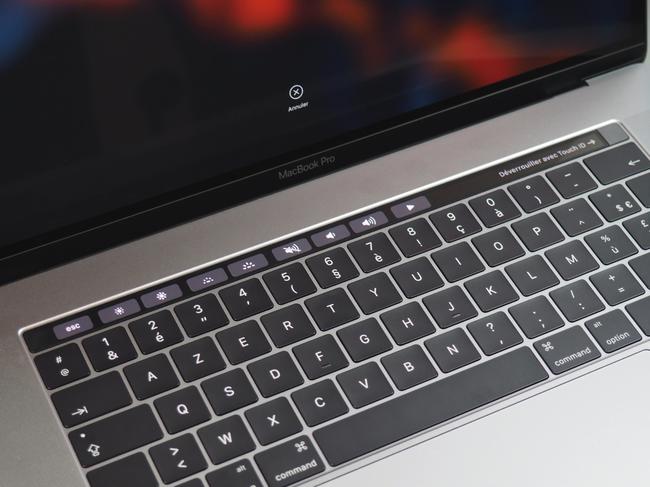

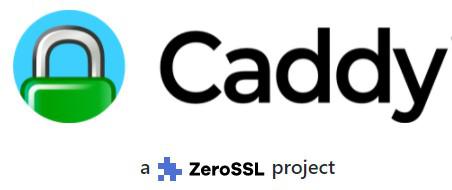

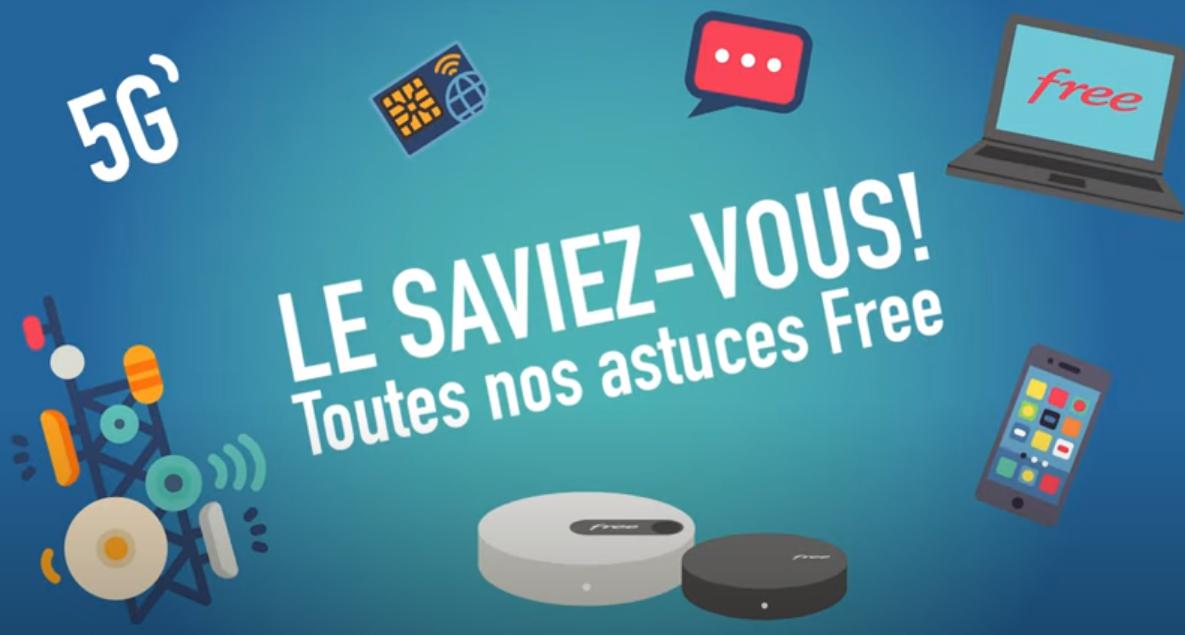

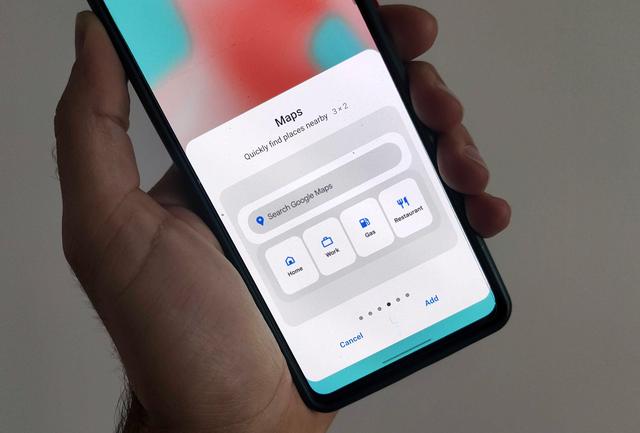
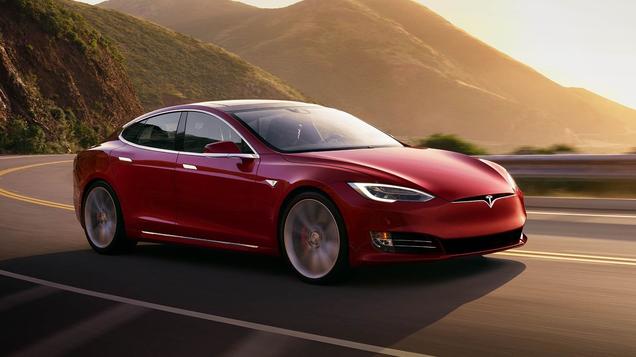
Farewell Touch Bar, I won't regret...
Caddy, the only web server to use H...
Burkina Faso / Gabon (TV / Streamin...
What the future of work will not b...